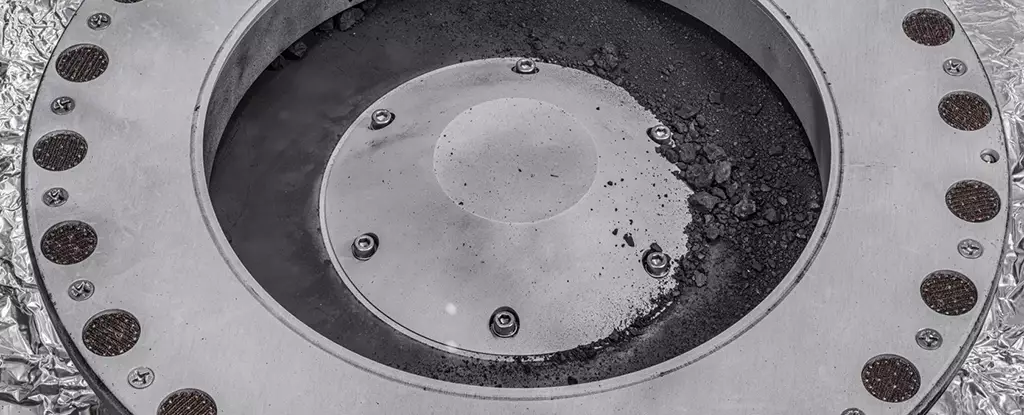NASA scientists have recently begun their analysis of fragments brought back from the Bennu asteroid, and early findings suggest that the material it contains originated from an ancient ocean world. The presence of phosphate crust on the asteroid serves as the basis for this assumption. Interestingly, the mineral composition of the calcium and magnesium-rich phosphate found on Bennu has never been observed before on meteorites that have reached Earth. Furthermore, its chemistry bears a striking resemblance to the vapor emitted from beneath the icy crust of Enceladus, one of Saturn’s moons. Phosphate is known to be a crucial building block for life, thus supporting the hypothesis that asteroids, like Bennu, brought the materials necessary to spark life on Earth during its tumultuous early history. Scientists believe that the world Bennu was once part of had similarities to Enceladus but was approximately half the size. This planetary body was eventually destroyed by a collision with another object, giving rise to thousands of asteroids.
These investigations into the Bennu asteroid offer a truly exciting opportunity for scientists to study samples from an asteroid. In fact, the OSIRIS-REx mission, which returned the fragments from Bennu to Earth, is only the third mission in history to achieve this feat. The round trip mission took a total of seven years and covered an immense distance of 6.21 billion kilometers (3.86 billion miles). In September 2023, the sample capsule safely arrived back on Earth. The abundance of samples collected provides an extensive amount of material for scientists to examine and study. According to planetary scientist Dante Lauretta from the University of Arizona, “We’re going to be busy for a long, long time. This is an enormous amount of sample for us.”
Teams of scientists and researchers from all over the world are now diligently examining the fragments from Bennu. At the University of Arizona, researchers are meticulously sifting through thousands of particles, with the largest measuring up to 3.5 centimeters (1.4 inches) across. Various techniques, including X-ray diffraction, are being applied to these asteroid samples to understand their composition and nature. X-ray diffraction involves analyzing the patterns of electromagnetic radiation to gain insights into the properties of the material being studied. The goal is to unravel the origin of Bennu and its connection to the formation of the Solar System approximately 4.5 billion years ago. By understanding the history of Bennu, we can gain valuable knowledge about the origins of our own planet.
Although the research on Bennu is still in its early stages, scientists anticipate an array of new discoveries and revelations in the coming years. One such potential revelation is the confirmation of the type of planetesimal that gave rise to Bennu. The ongoing investigations and findings from the Bennu samples will be presented at the 55th Lunar and Planetary Science Conference in Texas. This conference serves as a platform for scientists to share their findings and discuss the latest developments in the field of planetary science. As the analysis progresses, the scientific community eagerly awaits the unveiling of new insights into the origins of our ancient ocean world and the role played by celestial bodies like Bennu in shaping the conditions for life on Earth.


Leave a Reply